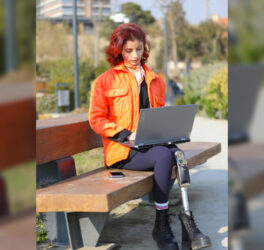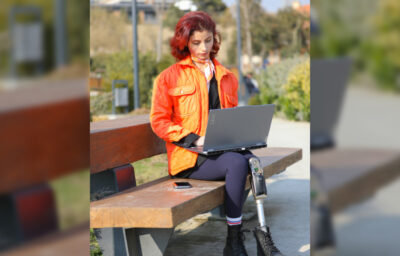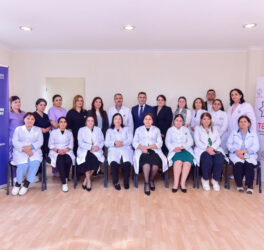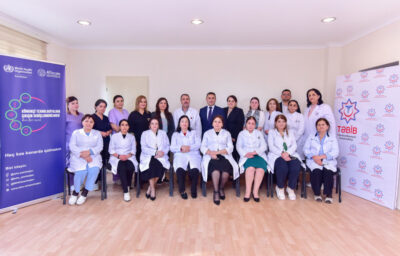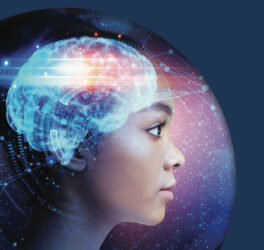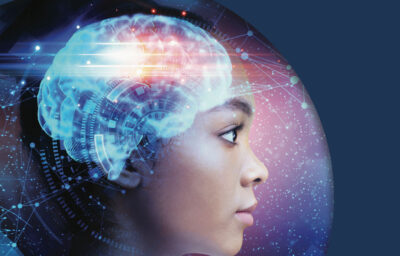
Western Sydney University has been awarded an Australian Research Council (ARC) Linkage grant worth over $700,000, including partner contributions, to investigate how future Artificial Intelligence (AI) developments and policy can ensure economic, social and cultural inclusion for Australians from culturally and linguistically diverse (CaLD) backgrounds who are living with disabilities.
The project aims to assist the over 1 million Australians from CaLD backgrounds with disabilities who face exclusion from the digital technologies they rely on for vital support by making AI more adaptable, accessible and affordable.
The grant includes contributions by partner organisations Western Sydney Migrant Resource Centre, Casula Powerhouse Arts Centre, Gallery Lane Cove + Creative Studios, Your Side Australia and Microsoft Corporation.
The ARC’s prestigious Linkage program is designed to promote national and international research partnerships and transfer knowledge, skills and ideas.
“This project brings together people with disabilities from culturally and linguistically diverse communities, key social services, public galleries and the technology industry, to better understand the societal impacts of technologies of automation,” said Associate Professor Soldatic.
“Artificial intelligence, robotics and other autonomous systems can foster inclusive participation, or alternatively erect new barriers of exclusion.
“Our goal is to provide pathways for communities to voice their aspirations and their criticisms towards the platforms that are now integral to everyday life.” said Associate Professor Karen Soldatic.

